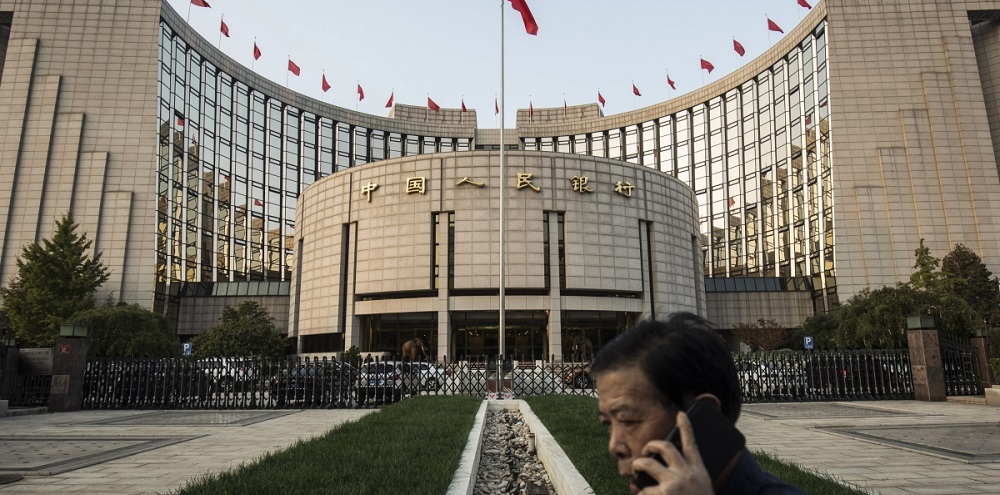Why China isn’t cutting lending rates like the rest of the world
October 23, 2019 @ 12:21 +03:00

The People’s Bank of China is choosing not to follow many other major central banks in cutting interest rates as it tries to navigate a challenging economic environment. China’s central bank must manage an economy structured in many ways quite differently from that of other major regions, such as Japan or the European Union. But the PBoC faces the same question of how effective monetary policy can be today. That has significant implications for the central bank’s signalling, which appeared to take a neutral stance on Monday.
“The central bank would not like citizens’ to develop expectations for higher inflation, and so will not likely quickly lower policy rates,‘’ Xu Chenxi, senior analyst of fixed income at Nanhua Futures, said in a Chinese language statement translated by CNBC. “The policy is more concerned with its transmission to the real economy. If the real economy can obtain financing more easily than before, or financing rates decline, then monetary policy is not eager to release an interest rate cut signal.”
On Monday, China’s central bank set its new “loan prime rate” exactly the same for October as September: 4.2% for the one-year rate and 4.85% for the five-year. The rate, known as LPR and set monthly, was announced in August as a way to increase the role of market forces in setting interest rates, while lowering financing costs. From a fiscal perspective, the Chinese government has tried to cut taxes and increase infrastructure development in an effort to boost growth. For the central bank, it has tried to use new lending rates to encourage banks, typically state-owned, to lend to smaller businesses, which are generally privately run and contribute to the bulk of China’s economic growth.






